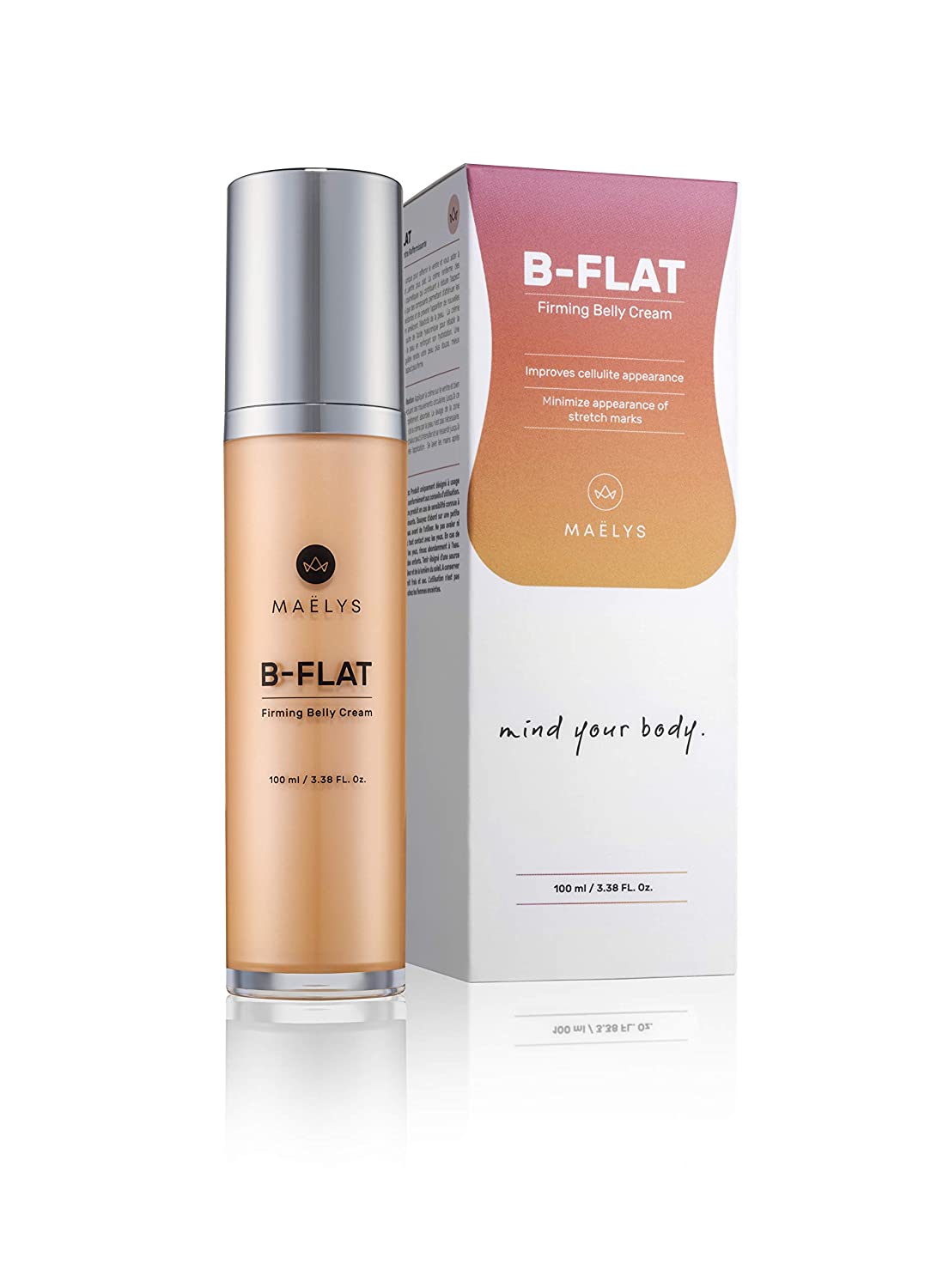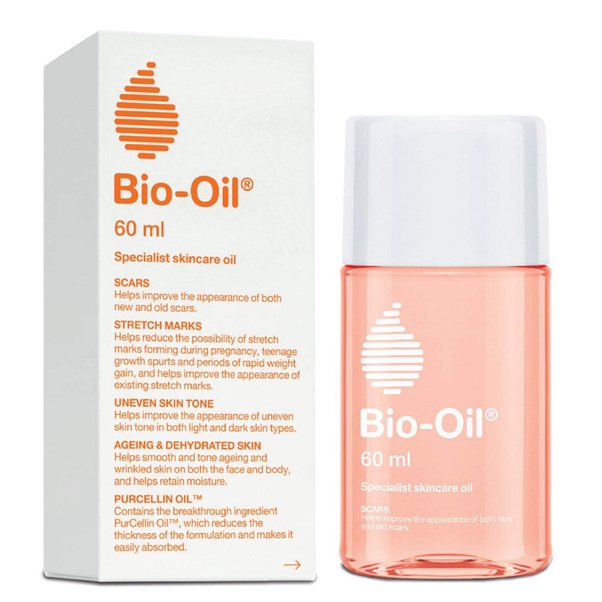Ask RewindGuide: Will Pregnancy Stretch Marks Go Away? The Truth About Fading Scars
Pregnancy stretch marks are a common concern for many women, and they can be a source of frustration and insecurity. While pregnancy stretch marks may fade over time, they generally do not disappear completely.
Understanding Pregnancy Stretch Marks: The Top 5 Things You Should Know
- Pregnancy stretch marks are a common concern for many women, and they are caused by the skin stretching rapidly.
- Pregnancy stretch marks may fade over time, but they generally do not disappear completely.
- Pregnancy stretch marks can occur on any area of the body that experiences significant stretching during pregnancy.
- There are a number of treatments available that may help to soften the appearance of pregnancy stretch marks, including laser treatments, dermabrasion, and skin needling.
- Pregnancy stretch marks are not necessarily related to health or nutrition, and they have nothing to do with parenting skills or abilities.
Stretch marks occur when the skin stretches rapidly, and they are caused by the skin’s elastic fibers being stretched beyond their capacity. When the skin stretches, the fibers can break and form scars, which appear as red or purple lines on the skin. Pregnancy stretch marks often occur on the stomach, breasts, thighs, and buttocks, as these areas tend to experience the most stretching during pregnancy.
As the skin shrinks back to its original size after pregnancy, pregnancy stretch marks may become less visible or less noticeable. However, the scars caused by pregnancy stretch marks will generally remain visible to some degree. Some women may find that their pregnancy stretch marks become less noticeable or fade over time, while others may find that their stretch marks remain more prominent.
If you are concerned about pregnancy stretch marks and would like to improve the appearance of your skin, there are a number of treatments available that may help. These include laser treatments, dermabrasion, and skin needling, which can help to soften the appearance of stretch marks and improve the texture of the skin. It is important to speak with a dermatologist or other healthcare professional to determine the best treatment options for your specific needs.
Don’t Believe the Hype: 10 Misconceptions About Pregnancy Stretch Marks
Pregnancy stretch marks are only a concern for overweight women.
False. Stretch marks can occur on any skin type or body type, and they are not necessarily related to weight or size.
You can prevent pregnancy stretch marks by keeping your skin well-moisturized.
False. While keeping your skin well-moisturized may help to improve its appearance and elasticity, it is not a guarantee that you will not develop pregnancy stretch marks.
Pregnancy stretch marks can be completely removed with laser treatments.
False. While laser treatments can help to soften the appearance of stretch marks and improve the texture of the skin, they are generally not able to completely remove stretch marks.
Pregnancy stretch marks are a sign of poor health or nutrition.
False. Pregnancy stretch marks are a normal and common occurrence during pregnancy, and they are not necessarily related to health or nutrition.
Pregnancy stretch marks only occur on the stomach.
False. Pregnancy stretch marks can occur on any area of the body that experiences significant stretching during pregnancy, including the stomach, breasts, thighs, and buttocks.
Pregnancy stretch marks are a sign of weak or unhealthy skin.
False. Pregnancy stretch marks are caused by the skin stretching rapidly, and they are not a sign of weak or unhealthy skin.
Pregnancy stretch marks can be prevented by avoiding rapid weight gain or loss.
False. While it is true that rapid weight gain or loss can increase the risk of developing stretch marks, it is not a guarantee that you will not develop pregnancy stretch marks.
Pregnancy stretch marks are a sign of poor genetics.
False. While genetics may play a role in the likelihood of developing stretch marks, they are not the only factor. Other factors that can contribute to the development of pregnancy stretch marks include the amount of stretching the skin experiences during pregnancy and the elasticity of the skin.
Pregnancy stretch marks only affect the appearance of the skin.
False. While pregnancy stretch marks are primarily a cosmetic concern, they can also cause discomfort or itching.
Pregnancy stretch marks are a sign of poor parenting.
False. Pregnancy stretch marks are a normal and common occurrence during pregnancy, and they have nothing to do with parenting skills or abilities.
5 Effective Strategies for Reducing the Appearance of Stretch Marks
- Massage the affected area with a moisturizing cream or oil. Massaging the skin can help to improve circulation and promote the production of collagen, which can help to soften the appearance of stretch marks.
- Use exfoliants to improve skin texture. Scrubbing the skin with a gentle exfoliant can help to remove dead skin cells and improve the texture of the skin, which can make stretch marks less noticeable.
- Apply products containing vitamin C or retinol. These ingredients can stimulate collagen production and help to improve the texture of the skin, which can reduce the appearance of stretch marks.
- Consider laser treatments. Laser treatments can help to soften the appearance of stretch marks and improve the texture of the skin. It is important to speak with a dermatologist or other healthcare professional to determine the best treatment options for your specific needs.
- Be patient. It is important to be patient and realistic when it comes to treating stretch marks. While some treatments may help to reduce the appearance of stretch marks, they are unlikely to completely remove them. It may take several weeks or months to see improvement, and results may vary from person to person.






